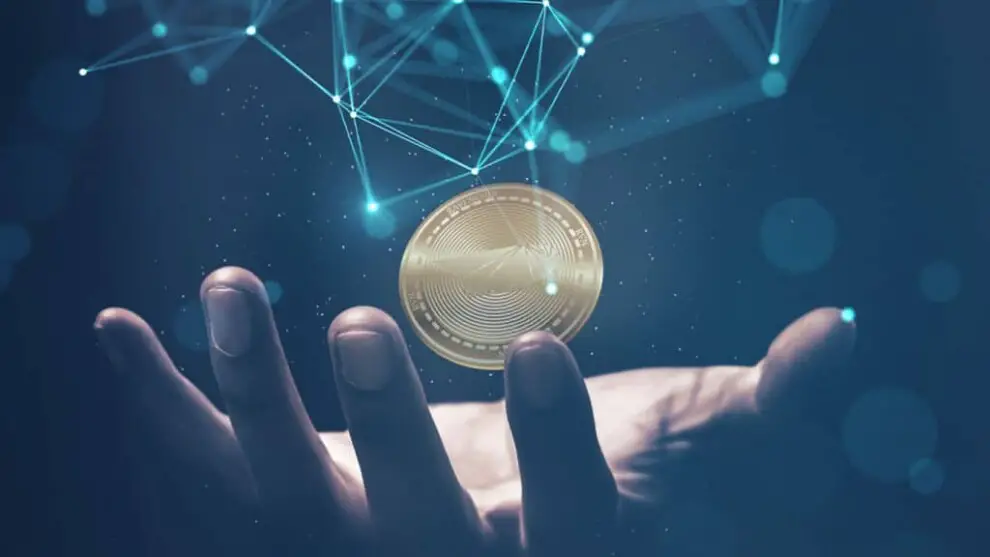Who produced this technology and when? It allows you to store any information: for example, data on loans issued or on lease agreements for land, financial statements on costs per hectare (fuel, agricultural chemicals, fertilizers, seeds), items of expenditure for the purchase of materials and equipment, agro-technological operations and purchase agreements (seeds, Plant protection products, equipment), for the sale of products, etc. Moreover, the technology itself appeared in 2007. Bitcoin entered the global system 2 years later on January 3, 2009. In fact, the creators of the cryptocurrency used and combined into one solution, developed a decade earlier: the idea of decentralizing each other, which works on the principle of a chain of blocks that are independent of each other; mechanism of proof of completed transactions.
By the way, the first time they heard about smart contracts was back in 1996, long before the appearance of bitcoin. American mathematician Nick Szabo presents the concept of formal agreements that realize themselves.
- blockchain development company has revolutionized various aspects. Within this technology, there is a wide range of methods, especially those related to data storage and manipulation;
- the blockchain community industry has attracted billions of dollars in investment. In order to attract the best blockchain talent in the market to participate in every project, blockchain developer salaries and the need for related talent have increased.
The main benefit of blockchain technology is invulnerability to outside interference; it is almost impracticable to hack it. All data in slabs is encrypted by burglar-proof cryptographic algorithms. Unlike many other financial databases, in this model all transactions or so-called. Smart contracts are carried out without the participation of intermediaries.
Another important difference from traditional databases is such knowledge is not stored in any one place. Everything is distributed among several hundred or even thousands of client computers around the world. For the new unit to be attached to the system, all these processors, independently of each other, must give the go-ahead for this operation. All of them now protect its reliability and integrity. It is impossible to compromise the system since it requires simultaneous access to copies of the database on all computers on the network.
Structured Query Language (SQL) or “Sequel” is a programming language by IBM for interacting with databases that store, query, and process data. Today SQL has about 7 million developers. MySQL, PostgreSQL, SQL Server, DB2, Oracle, and other major databases use SQL to develop applications. Blockchain projects using SQL:
Aergo is an enterprise blockchain solution built by startup Blocko. Coinstack’s proprietary technology uses SQL forward contracts. The Aergo blockchain contains a SQL-based contract platform that enables nft marketplace development companies to create and execute advanced forward contracts in a business environment.
Where useful?
In recent years, distributed ledger-based solutions have emerged that go beyond the financial industry. Every technology is actively used in the fields of copyright and property rights, operations with goods and raw materials, personal data management, identity verification and confirmation of access rights, in the energy sector, electronic voting, private and public administration.




